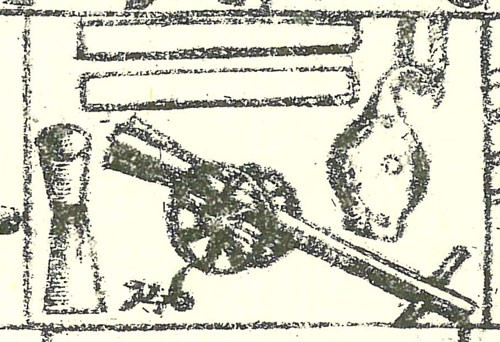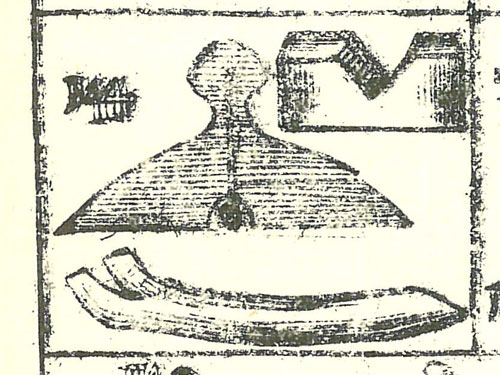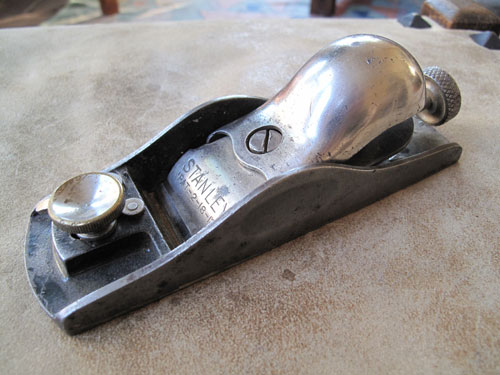
SOLD: This is a plane to make collectors soil their diapers. Just saying.
This is a Stanley No. 65 block plane, one of the best block planes I’ve ever had in my hands (the Lie-Nielsen 60-1/2 is the only one that bests it). Everything about these planes is perfection. The way the iron moves. The way the lever cap locks down. And the adjuster. It is the best adjuster on a block plane ever. It it large and positive.
So what is wrong with this particular plane? Nothing, functionally. But for a collector, this tool has a big scarlet “A” on its chest. The main screw of the tool is tapped all the way through the sole. This is a user modification (a past user — not me). But it has no affect on the usability of this tool.
The hole in the sole fills with dust, but that means nothing.
The iron is sharp and ready to go.
Price: $40 plus $8 shipping.
About Tool Sales on My Blog
Please read this if you are interested in buying a tool. Why am I selling these tools? Read this entry before you freak out. There is no “master list” of tools that I can send you. I am working through several piles of tools and will list them when I can.
Want to see only the tools that haven’t sold? Easy. I’ve created a category for that on this blog. Click here and bookmark that page. When you visit that link, you’ll see only the tools that haven’t been sold.
While you can ask me all the questions you like about the tool, the first person to send me an e-mail that says: “I’ll take it,” gets the tool. Simple. To buy a tool, please send me an e-mail at christopher.schwarz@fuse.net.
Payment: I can accept PayPal or a personal check. As soon as the funds arrive, I’ll ship the tool using USPS. If you want insurance, let me know. I’m afraid I can only ship tools in the United States. Shipping internationally is very time-consuming and paperwork-heavy. My apologies in advance on this point.
If you don’t like the tool when you get it, I’ll be happy to refund your money if you return the tool. But postage is on you.
— Christopher Schwarz
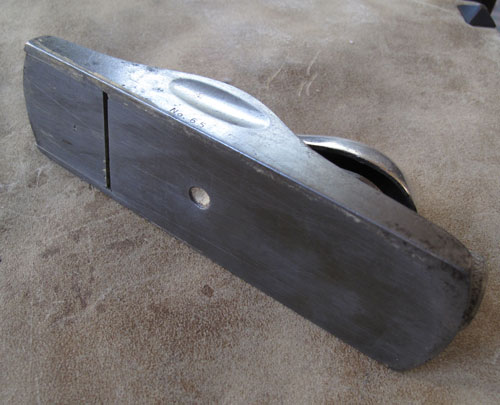

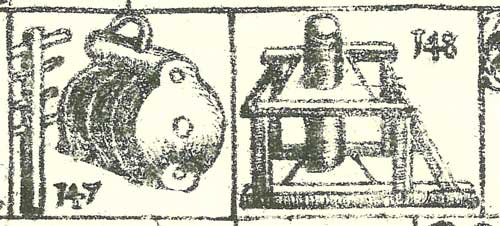
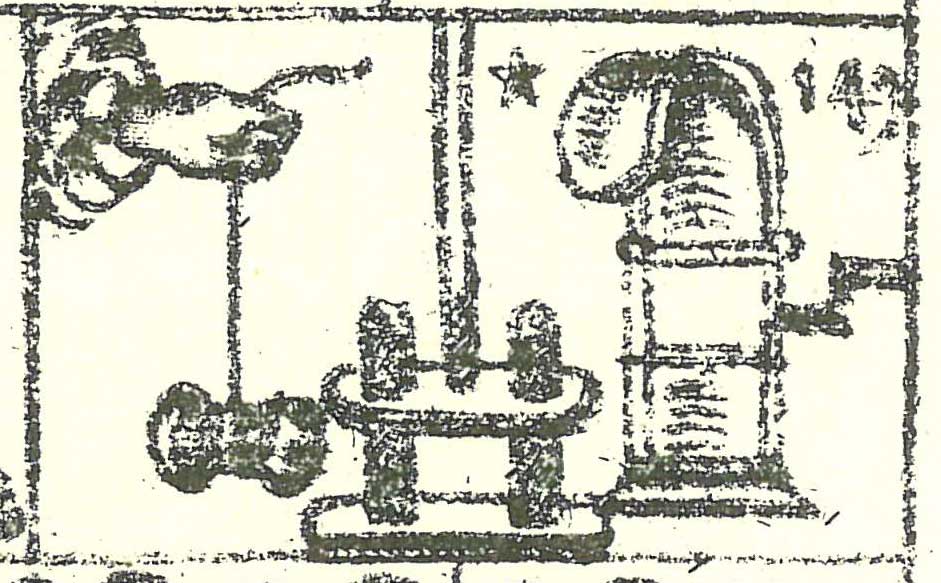 CXLIX. In the Dexter side is an Hand issuant, holding of a Plumb line, with a Line rowle, at the end of it. This is the coat of Arms of Plumbley, being in an Azure field. This is a way that Carpenters use to try the upright standing of Posts, or other works that are to stand perpendicular to the ground plot; by holding the end of the line between the finger and the thumb, a little distance from the corner of the post, or work, and if the line and corner of the post be parallel to each other, the work is upright, else not.
CXLIX. In the Dexter side is an Hand issuant, holding of a Plumb line, with a Line rowle, at the end of it. This is the coat of Arms of Plumbley, being in an Azure field. This is a way that Carpenters use to try the upright standing of Posts, or other works that are to stand perpendicular to the ground plot; by holding the end of the line between the finger and the thumb, a little distance from the corner of the post, or work, and if the line and corner of the post be parallel to each other, the work is upright, else not.